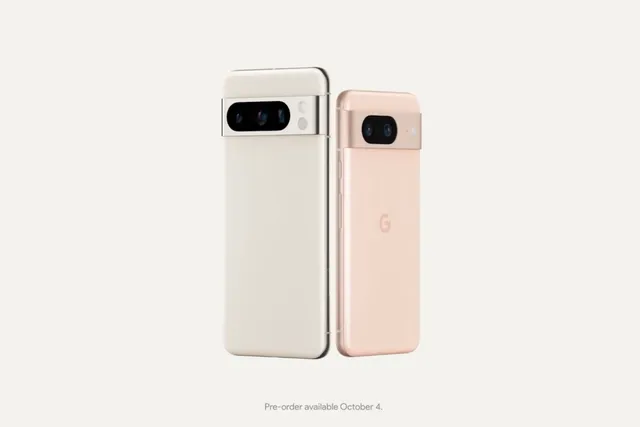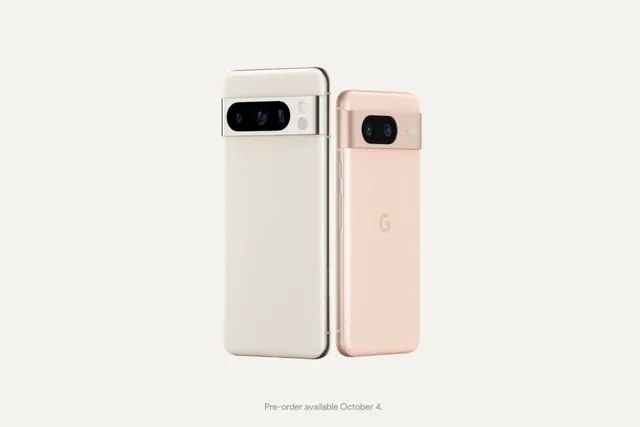On Wednesday, Meta carried out layoffs across several teams, confirming the decision was part of its ongoing effort to restructure and better align resources with its long-term goals. The company explained in a statement to TechCrunch that these layoffs were necessary to meet evolving strategic objectives.
“Today, some teams at Meta are undergoing changes to ensure resources are aligned with our long-term strategic plans and location priorities,” a Meta spokesperson shared via email. “This includes relocating certain teams, transitioning employees to new roles, and, in cases where jobs are eliminated, making efforts to find new opportunities for affected staff.”
Meta lays off employees across multiple teams

Teams working on Reality Labs, Instagram, and WhatsApp were reportedly among those affected, according to The Verge.
One of the employees impacted by this round of layoffs was Jane Manchun Wong, a software engineer hired in 2023 for Instagram. Wong had gained recognition for revealing unreleased features of Meta’s apps, and her hiring had been celebrated by Meta executives like CTO Andrew Bosworth and Instagram chief Adam Mosseri.
Several other employees who were laid off also took to social media to share their experience. Those working on Facebook, recruiting, legal operations, and design teams were among those announcing their departures. However, Meta confirmed that no layoffs took place within Threads, recruiting, or legal operations.
Although the company did not disclose the total number of employees affected or the specific departments involved, a former Meta employee shared that some were offered the option to take on new roles under revised contracts, while others chose to accept severance packages. According to reports, certain employees received six weeks of severance pay.
In an additional report from the Financial Times, it was revealed that some employees were dismissed for using their $25 meal credits for non-food items, as rumored on the workplace app Blind.
This latest round of layoffs is part of Meta’s broader effort to reduce its workforce. In 2022, Meta laid off 13% of its employees, totaling around 11,000 workers, a move for which CEO Mark Zuckerberg took responsibility. In 2023, Meta cut another 10,000 jobs and canceled 5,000 open positions. These reductions follow rapid hiring during the pandemic as Meta now focuses on streamlining its operations.





















